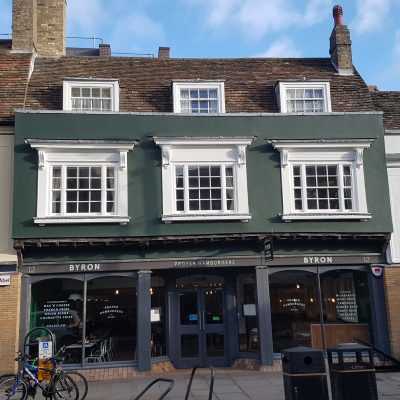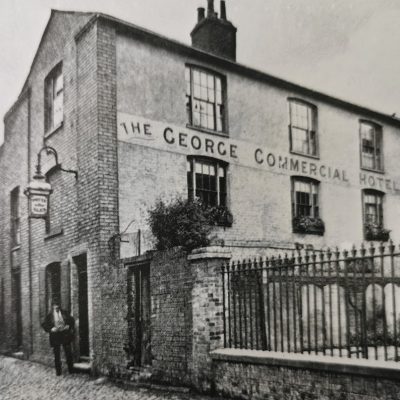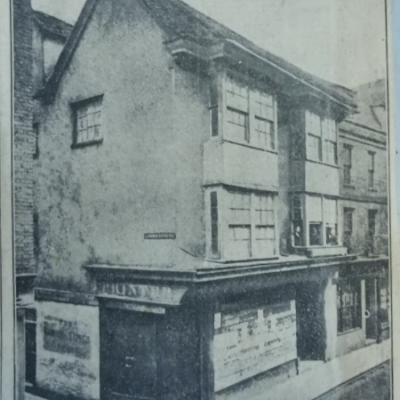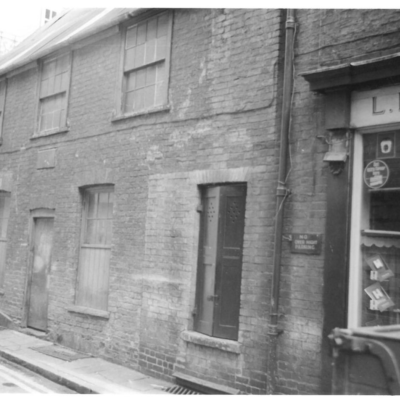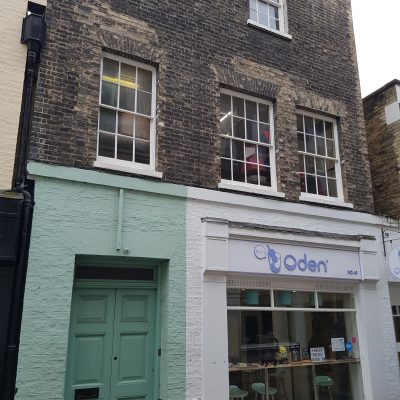Search by topic
- archaeology
- Building of Local Interest
- chapel
- charity
- church
- crime
- dressmaker
- fire
- Great Eastern Railway
- Listed building
- Mapping Relief
- medieval
- oral history
- poverty
- Public House
- Religious House
- Roman
- scholar
- school
- Then and Now
- tudor
- women
- work
- world war one
- world war two
Search by text
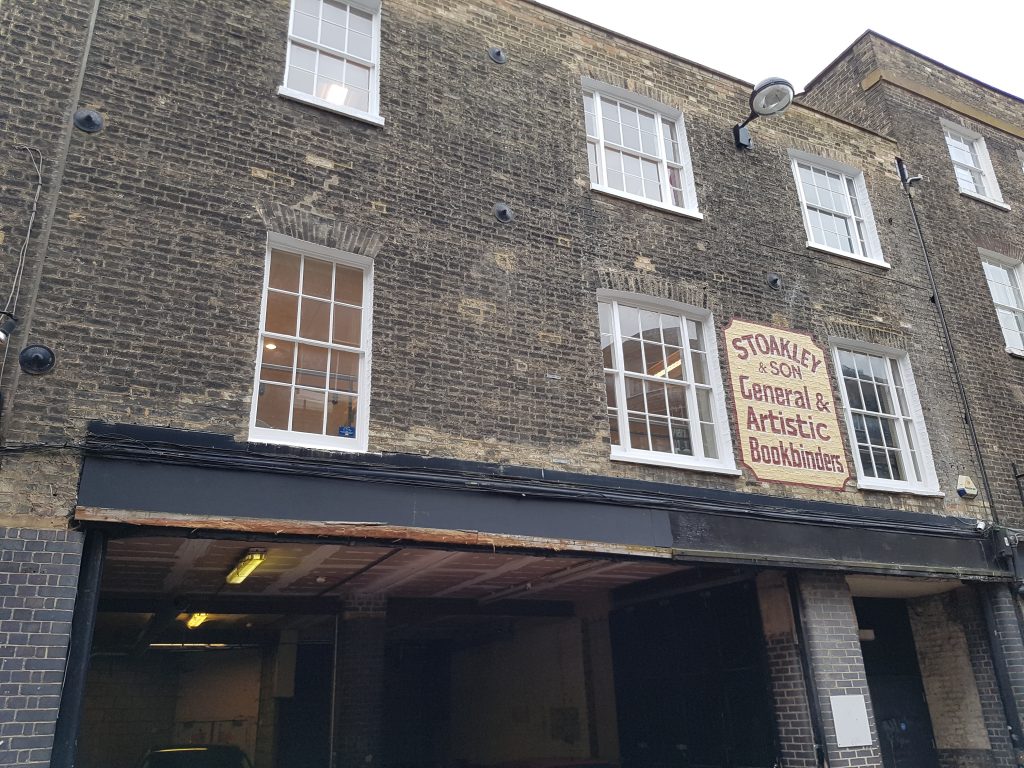
30 – 31 Green Street, Stag’s (Stagg’s) Head Inn
History of 30 - 31 Green Street
1688
The Independent Chapel was opened at the rear of the Stagg’s Head public house. Ity was founded by Independent Congregationalists. They were joined in 1696 by Presbyterians who opposed the reforms of Joseph Hussey and left the chapel in Downing Place, then called Hogg Hill. These new Presbyterians persuaded the existing Congregationalist congregation to become Presbyterians as well.
18th century
Stag’s Head Inn.
In 1721 there was a split in the congregation of the chapel. Some joined the Baptists in the chapel in ‘the Stone Yard’ in St Andrew’s Street. The remaining members reverted to Congregationalism and as ‘Independents’ continued for over a century.
1830
Congregation of the chapel so depleted that remainder of lease offered to Methodist Fitzroy Street Society.
Chapel opened for Wesleyan Methodism. Access to the site behind the pub was considered rather obscure but the chapel flourished. Membership in 1841 was 122 and in. 1845, 300. A new chapel was built in Hobson Street largely driven by the enthusiasm of Charles Vinter.
The premises were next used by the University Union Society and then by the ‘Albert Institute‘, a social club promoting religious instruction and healthy recreation among young men. It was lead by Ernest Boys of Jesus College and others such as Gerald Cobb, Rev Charles Kingsley, Dr Westcott and Dr H R Lugard.
It was next occupied by the ‘Reform Club’, a Radical political society.
1851
(30)
Stephen Robinson, 67, tailor, b Cambridge
(31)
John Ayton, 33, publican, b Suffolk
1861
(30)
Benjamin Hart, 35, bookbinder, b Cambridge
(31)
George Smith Rose, 28, cork manufacturer, b Norwich
1874
(30)
J B Hawes, bookbinder
(31)
George Rose, cork manufacturer
1913
Stoakley & sons, bookbinders
1962
Eaden Lilley, grocers
2018
?
Contribute
Do you have any information about the people or places in this article? If so, then please let us know using the Contact page or by emailing capturingcambridge@
License
This work is licensed under CC BY-NC-SA 4.0





